How to start your own Podcast – The Ultimate Guide for Beginners

By Mahima Singh | Last Updated on April 15th, 2024 1:42 pm | 8-min read
In this post we are going to talk about starting a podcast and give you a breakdown of the entire process from the scratch. This post covers the following topics:
- How to start a podcast?
- What you need to make your own podcast?
- How to record a podcast?
- How to edit your podcast?
- How to launch a podcast?
- How to make money from your podcast?
 The audience for podcasts is expanding and the reason for the popularity is the sheer convenience of accessing all that audio content while taking care of mundane tasks. As a small business owner if you are planning to reach out to a bigger audience and take your business to the next level, it is natural for the question ‘how do I start a podcast?’ to pop up in your head!
This is a bit of a mixed bag because starting your own podcast may be a little more complicated than you thought. Having said that, you don’t really need to be a particularly technically inclined person or invest a lot of money to create your own podcast either.
The audience for podcasts is expanding and the reason for the popularity is the sheer convenience of accessing all that audio content while taking care of mundane tasks. As a small business owner if you are planning to reach out to a bigger audience and take your business to the next level, it is natural for the question ‘how do I start a podcast?’ to pop up in your head!
This is a bit of a mixed bag because starting your own podcast may be a little more complicated than you thought. Having said that, you don’t really need to be a particularly technically inclined person or invest a lot of money to create your own podcast either.Why you should start a podcast?
If you have ever dabbled with content creation for your business either for your blog or social media, videos, webinars or any other form, you must understand the kind of value a podcast can bring to your table.(Above video is a part of a more elaborate course on Academy by Appy Pie. To access the complete course, please Click Here, or continue reading below.)- Podcast has a unique audience set that probably has no time for long form content and prefer to go for the audio format. Creating a podcast for your business will help you capture this whole section of the market
- You don’t have to be an established blogger or even have a blog to start your own podcast
- A podcast can help you position yourself and your brand as an authority figure in your chosen niche
- Podcasts can be a great tool for directing traffic to your site
How does podcasting work?
You can listen to a podcast in two different ways – one is by streaming or downloading the podcast from the RSS feed and second, by using a player like iTunes or Pocket Casts. The podcast players sync the data from the RSS feed to give a listing of episodes with show data including a description, cover art, and the link to the show file.How to start a podcast?
If you have been struggling with the matter of creating a podcast and have been wondering where to begin, let us help you with a quick look at the things you need.- Develop a concept including the topic, name, format, and the estimated length for each of the episode
- Design the artwork and write a description to create a brand for your podcast
- Record the podcast and edit them
- Select the platform you want to host your podcast on
- Syndicate your podcast into an RSS feed
Why does podcasting work so well as a content platform?
Podcasts have shot to popularity and have carved out a special space simply because they’re pretty easy to consume. The audio format makes it possible for people (flitting about from place to place) to listen to the podcasts and absorb all the information while still doing other mundane things like driving, working out, or even while you are taking a break. Particularly with devices like Amazon Alexa and Google Home, it has become quite easy to listen to podcasts at home. Another great thing about podcasts is that it gives you the freedom to move. You can listen to podcasts on any device of your choice or convenience from smartphones, PCs, or tablets. Podcasts can be listened to on-demand, as opposed to fixed schedules on radio. This gives the listeners freedom to listen to whatever they want, whenever they want. Podcasts help you build a more intimate relationship with the listeners. The kind of engagement a podcast offers encourages people to listen closely to the ads as well. This is particularly important when you are planning to promote your business on podcasts or when you plan to monetize it with ads. The highlight here is that it’s all for free, which means you can create a podcast for free and the listeners can listen to it for free! Isn’t that a win-win situation?Getting started with your own podcast
It all begins with figuring out the apt theme because this will be the central point, to which all your future episodes shall relate with. It may be obvious for some, but for others (particularly those that belong to unique industries) it might take a significant amount of head scratching. While deciding the theme, you’ll need to think about the field that you are an expert in or are wildly passionate about. You hit the jackpot when you are passionate and an expert in the same field. Before you decide upon the theme you must ensure that you have enough material to talk about for at least 15-20 episodes at least. Once you have done this part, you can look at similar podcasts and take a look at the number of reviews and their followers on social media. Your competition will tell you whether the theme is even sustainable. The next step is to design the format for each of the episode. There are multiple formats that you can pick from like:- Interview
- Solo
- Multiple hosts
- Narrative/Storytelling
- A combination of two or more of the above
Things you would need to create a podcast
Like any other endeavor you are planning to embark upon, creating your own podcast needs a fair bit of preparation. To create a podcast of your own there are a number of things that you may have to look into and bring together or create.#1 Podcast listing information
The podcast you create will be listed on different channels of hosting platforms. This listing is what the prospective listeners would see first, even before they have had a chance to listen to anything at all that you may have to say.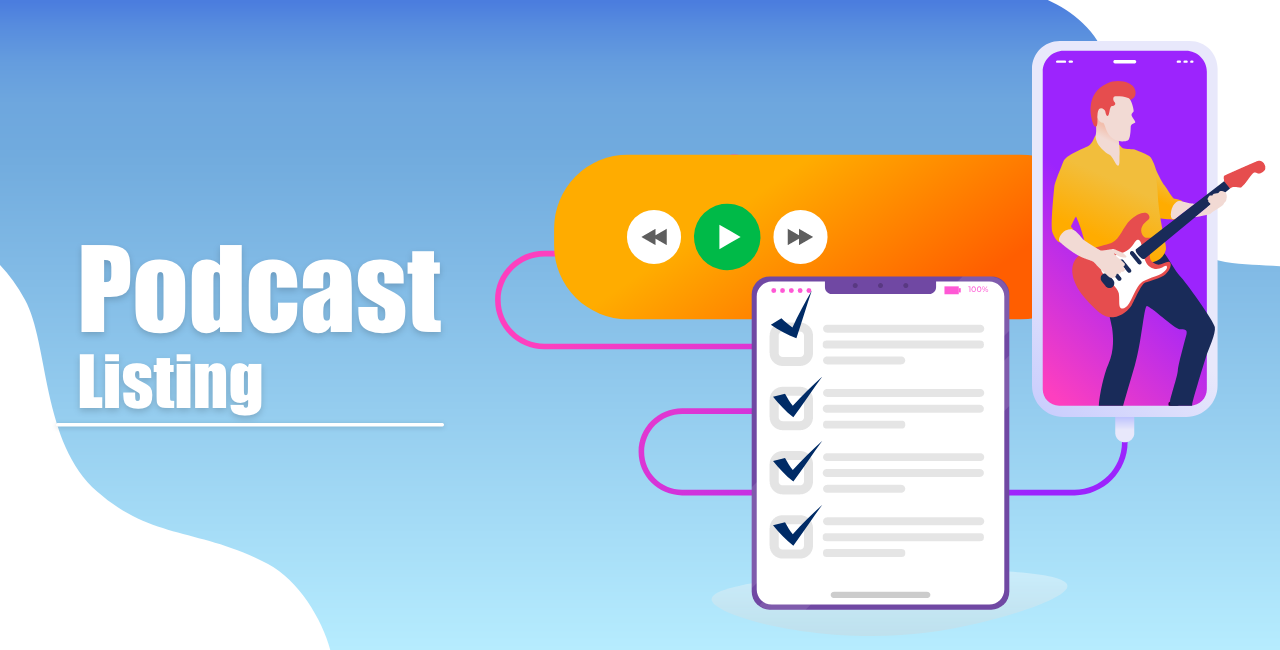
Cover artwork
This is important so sit up and take notice. The artwork you create for your podcast has got to be beautiful! It should be so attractive that the prospective listeners are motivated enough to click through and start listening to what you have to say on your podcast. It has become even more important because Apple and iTunes favors only those podcasts that have a cover artwork that looks professional. You can hire someone or do this yourself if you have some experience. For inspiration you can browse through podcast listings on iTunes and see which one strikes your fancy.The name
The name that you decide for your podcast must speak with your audience. The name of the podcast should convey clearly what it is all about. Now, you can have a descriptive name, but that’s not really necessary because most of the podcast platforms allow you put up a ‘hook’ or a short description in the listing. This comes in handy when you are trying to optimize your podcast and improve its searchability.Choose the right category/subcategory
On iTunes you can choose from dozens of categories and subcategories while publishing your podcast. Pick a category that suits your theme the best and you don’t need to worry about the exact topic. You can look at other podcasts like yours and make a well-informed decision in case you are feeling a little lost or overwhelmed.Podcast description
The podcast listing includes the description which is something you should pay due attention to. This description must include as many relevant keywords as possible as it will help you with the SEO of your podcast listing. Doing this will make sure that people can find your podcast easily on iTunes or other platforms by simply searching for it.Guests and collaborators
As you expand the podcast and start inviting some big names as guests or collaborate with notable podcasters, it may do you well to include their names in the listing along with the names of the most popular topics that you have covered yet. This would ensure that the new listeners listen to the best ones and turn them into loyal fans of your podcast.Rating
The podcast rating is indicative of the audience it is suitable for. Now, you do have the option of choosing a different rating for each episode, but it is a good idea to maintain some consistency. This means that you either keep every episode clean or not.
#2 Equipment and software you need for a podcast
This section has a list of all the equipment or software you need to start hosting your own podcast with insights on the importance and relevance of each of them.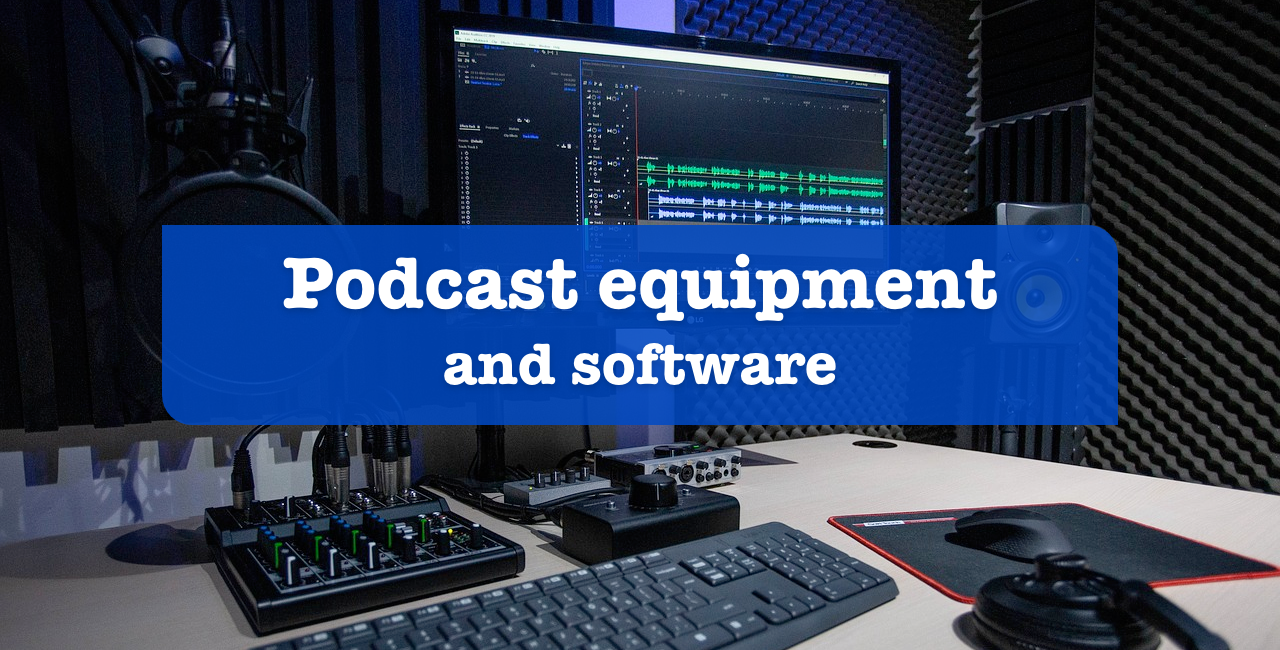
Microphone
This is an audio medium, of course the microphone is the most important thing you have to think of. Be it a desktop or a laptop, they all have at least one USB port which can be used to connect your external microphone which is plug and play and needs no installation! XLR microphone does give you a better sound quality, but getting a good USB microphone may do the trick as well. Whatever you do, stay away from the idea of using your desktop or laptop’s built-in microphone for your podcast.Audio recording software
Let’s talk about the software that would let you record everything from your mic and save it as an MP3 file. Some great options include Adobe Audition, Podcastle, Audacity, and GarageBand. Most of these software are fairly simple to use, are affordable or free and best part – there are tons of tutorial available for them.Call recording software
This is important particularly when you intend to conduct interviews on your podcast. In case you have chosen to use a mixer that records all the sounds from your computer, you don’t really need this one. In case you are using a basic setup with something like Skype or Google Hangouts you are going to have to take a look at appropriate call recording tools. Some of the good options are Ecamm Call Recorder, Pamela, UberConference, and Callnote.
Recording a podcast
For recording a podcast, you would need to plug in a USB microphone and open the audio recording software on your computer. Make sure that all your devices are properly plugged in and are charged fully so that you don’t run into a problem in the middle of recording your podcast or fail to record it completely.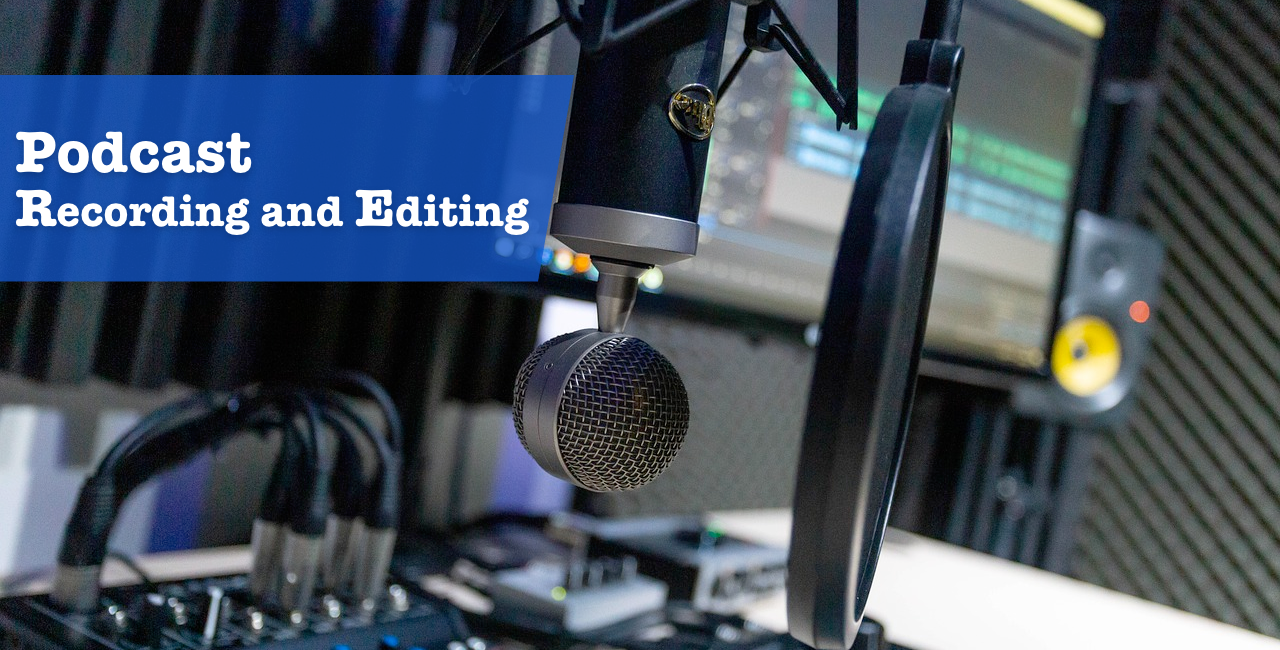 Once you’ve done that, just click the record button and start talking. It’s ok to make mistakes and you do not have to pause or stop every time you make a mistake, just correct it and carry on. You can easily go back and edit the recording with the same software.
If you would like to save your time, here's an handy guide that compared all the leading podcast software for both Mac & Windows users.
Save your podcast once you are done recording. MP3 formats work well as the files get compressed as well in this format.
Once you’ve done that, just click the record button and start talking. It’s ok to make mistakes and you do not have to pause or stop every time you make a mistake, just correct it and carry on. You can easily go back and edit the recording with the same software.
If you would like to save your time, here's an handy guide that compared all the leading podcast software for both Mac & Windows users.
Save your podcast once you are done recording. MP3 formats work well as the files get compressed as well in this format.Recording your first episode
In theory, you now know how to record your podcast. It’s time to put it in practice! Have you thought what your first episode should be about? How about introducing yourself, tell people a little about yourself and about your podcast. This could be your pilot or ‘Episode Zero’. If you have never talked on mic before, it is natural that you would be a little nervous, but the first thing that you should do is get over that self-consciousness regarding your voice. Try and speak as naturally as you can, you are not going to be a radio personality, nor do you need to become one. Your voice will improve as long as you don’t try and fake it, be yourself and keep improving. Last but definitely not the least – do not read from a script. That’s not something the podcast listeners are looking for! The listeners who listen to podcasts are looking for something that is dynamic and natural, instead of sounding like an audiobook. You can keep a list of points that you would want to touch upon in your podcast but do practice it properly so that you do not end up being short on material or content.How to edit your podcasts?
Whether you are recording your first podcast or 100th, it is natural to have somethings that you would want to edit, whether it is adding music at strategic times like (intro or outro), removing any dead air during the recording, or any other fumbles you may have had while recording. This why editing is an important part of the process. Use audio editor find settings to stabilize the volume automatically so that there aren’t any high-volume spikes, this would eliminate all the background noises and pops. After editing the podcast save it in the.MP3 format with a 128kbps bitrate and 44.1Mhz sample rate. After saving .MP3, edit the ID3 tags of the file. This is not a compulsory step but does elevate the whole experience for the listeners who are downloading your podcasts and then later play them on different devices.Podcast Hosting
Plan a separate host just for your audio files, even if you already have a web host and a website. The demand of streaming and downloading a .MP3 can’t be handled with the shared hosts. Media hosts like Libsyn and Blubrry are great for this purpose and are quite affordable as well. Calculate how much you need and buy something that has a little flexibility in case your needs exceed what you anticipated.Syndicate the RSS feed
After configuring the media host and uploading at least one episode for your podcast, you will get an RSS feed from the host. This feed would have all the episodes with relevant data like titles, cover artwork, file location and more. Trust me, it isn’t as complicated as you think when you are using a media host, because they will handle it for you. It is this RSS feed that you would be submitting to podcast directories like iTunes, Spotify, Stitcher etc. and you only need to do this once. The moment you upload a new episode on your media host, your feed everywhere will be updated automatically.Submit the podcast to the right channels
There are several directories where you can submit your podcast and it is a good idea to get on as many of them as you can. While submitting your podcast to any directory you would have to furnish simple and basic details like name and description of your podcast, the cover artwork, category and other such things. Here are some of the most popular podcast directories where you can submit your podcast:- iTunes
- Stitcher
- SoundCloud
- YouTube
- Spotify
Launching your podcast
On most directories (especially iTunes) the moment you launch your podcast and what happens with it in the moments just after that decides the future of your podcast. It is important that you promote the launch of your podcast as an event and generate buzz around it. Create a landing page to capture the emails and build a pre-launch audience you can announce your launch to!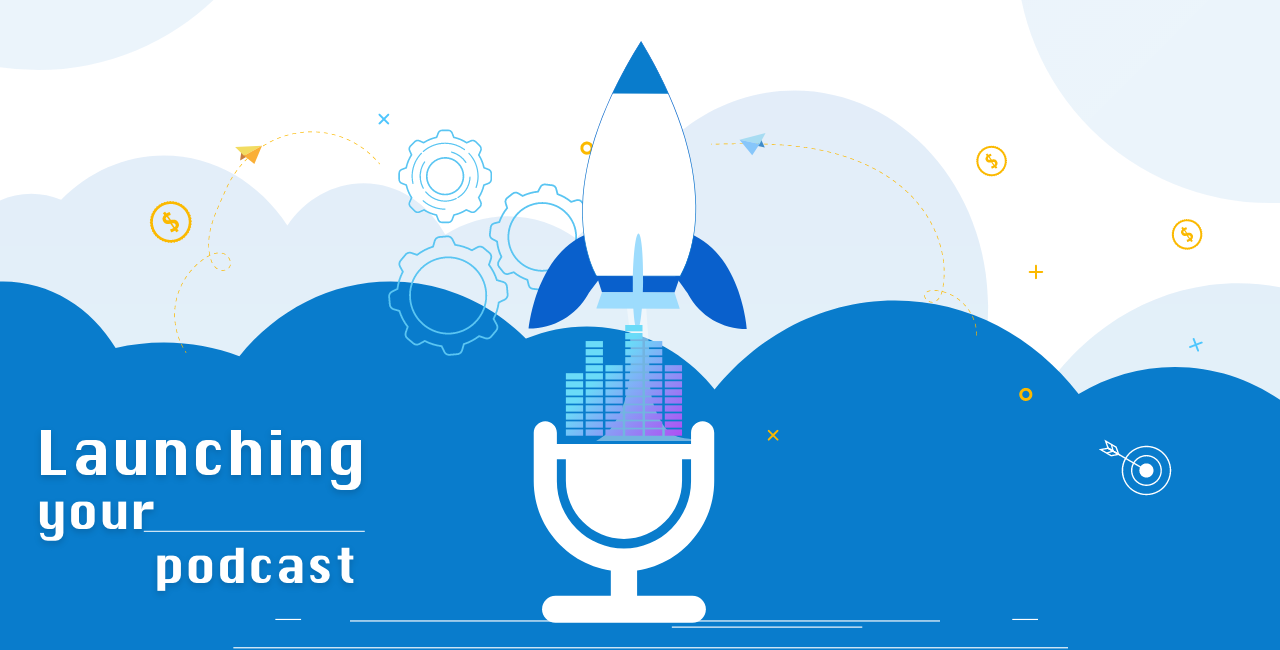 When you launch your podcast, you should do it with multiple episodes in the list. Three is a good number to begin with as it gives your new audience enough time to spend with you and still not get overwhelmed.
Send out invites to your entire mailing list, encourage them to listen to your podcast and leave reviews about what they thought of it. This is especially important, because when you have reviews on the very first day, the podcast directory is going to take note and may even include you in the featured list.
When you launch your podcast, you should do it with multiple episodes in the list. Three is a good number to begin with as it gives your new audience enough time to spend with you and still not get overwhelmed.
Send out invites to your entire mailing list, encourage them to listen to your podcast and leave reviews about what they thought of it. This is especially important, because when you have reviews on the very first day, the podcast directory is going to take note and may even include you in the featured list.Grow your podcast
Now that you have your podcast up and running, it’s time to grow it! Make sure that you tell your listeners to leave a review on iTunes or Spotify or wherever you are reaching them and also tell them to subscribe to your podcast in each episode.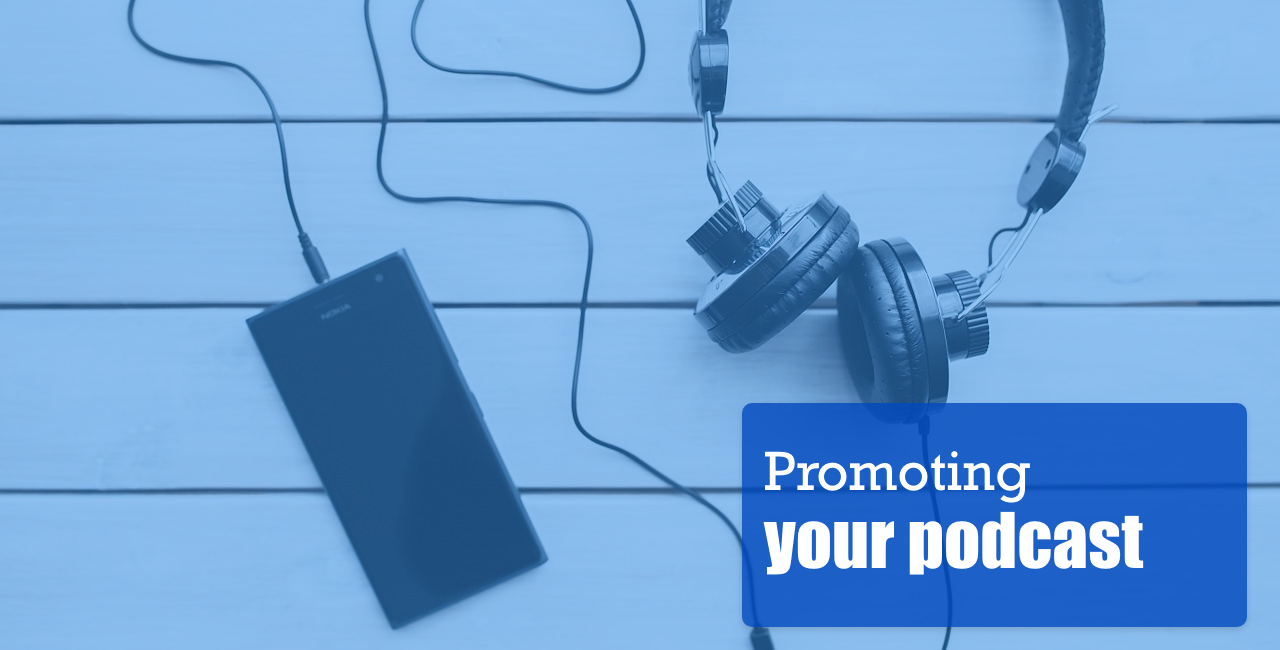 Incentivize users for leaving reviews (not necessarily shining ones) and you would see more people leaving reviews for your podcast.
One key thing is to maintain consistency. If you are promising a new episode every week, make sure that you stick to it.
Incentivize users for leaving reviews (not necessarily shining ones) and you would see more people leaving reviews for your podcast.
One key thing is to maintain consistency. If you are promising a new episode every week, make sure that you stick to it.How to make money with your podcast?
It is only natural to get a little impatient and excited about making money with your blog, but remember that your first focus should be on building a strong audience and keeping their faith.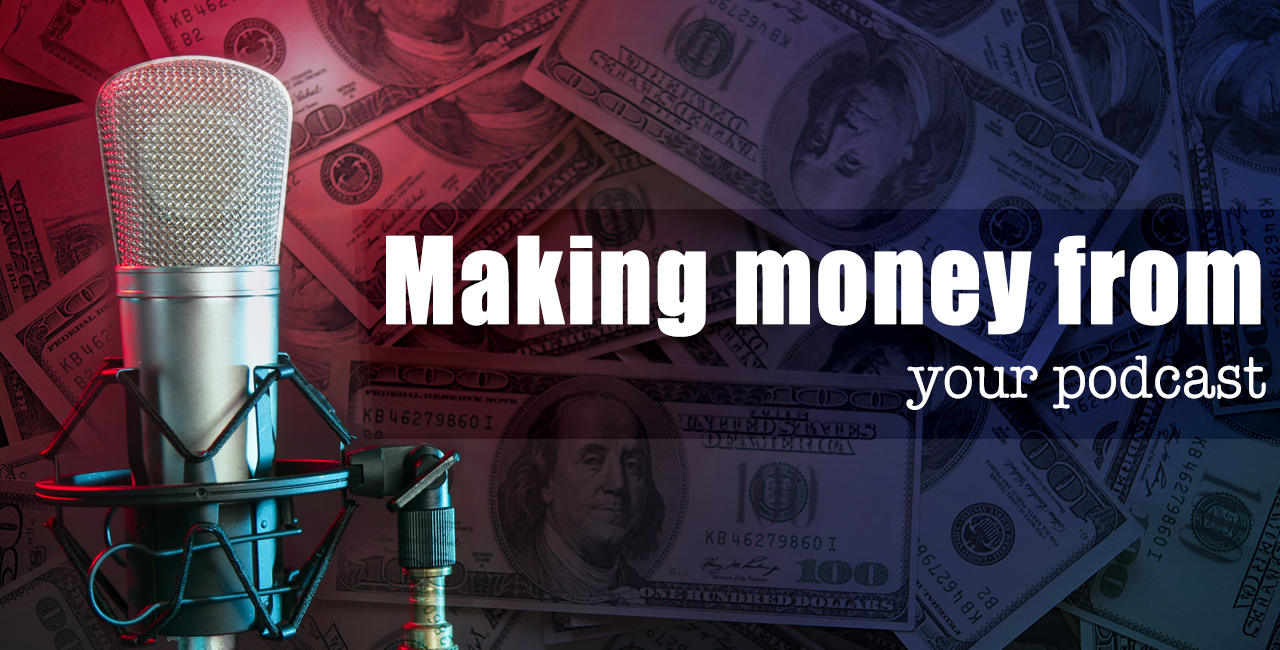 One of the most popular ways to do this is by taking on sponsors and doing ‘reads’ to promote their brand, products, or services.
Another way to do this is by promoting your own products and directing your listeners to links on your own site, converting them into paid listeners. You can even track this by giving your listeners a unique link or discount code!
One of the most popular ways to do this is by taking on sponsors and doing ‘reads’ to promote their brand, products, or services.
Another way to do this is by promoting your own products and directing your listeners to links on your own site, converting them into paid listeners. You can even track this by giving your listeners a unique link or discount code!Conclusion
Even if you think that starting a podcast is an intimidating task, it can actually be quite a simple one, if you follow this guide. Take one stage at a time and work on it to improve the quality of all that you are delivering to your listeners.Understand that the quality of content and the marketing efforts for your podcast need to go hand in hand. The Podcast Host - Helping you launch, grow & run your show https://www.thepodcasthost.com Did you know that you can convert your podcast into an app? Find out more about it here.Related Articles
- 200+ Happy Birthday Wishes Ideas in 2023
- Top 10 AI Photo Frame Generators in 2024
- The 10 Best Slack apps, Integrations and Bots to Improve Your Team’s Productivity
- The Best Product Management Software in 2023
- Easy QR Code Generator Guide Plus Boost Your Marketing with QR Codes
- 11 Video Hosting Websites Worth Trying
- 31 Stunning Instagram Travel Photographers With Amazing Tips
- Understand The Key Elements of Art and Elevate Your Craft
- From Windows 8.1 to Windows 10/11: Simple Upgrade Process
- The Dark Side of Language Models: Exploring the Challenges of Bias in LLMs.
Take a Related Course
- Start learning for free
(No credit card required)
